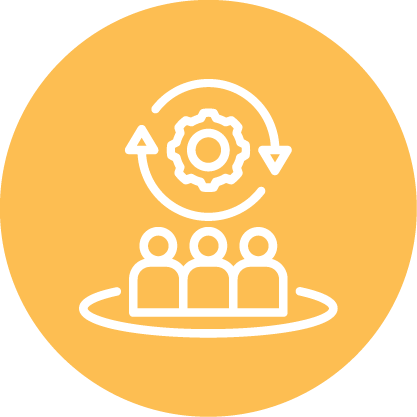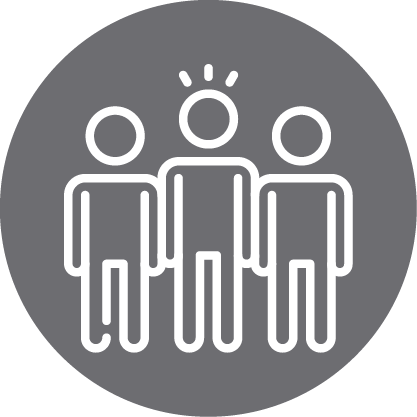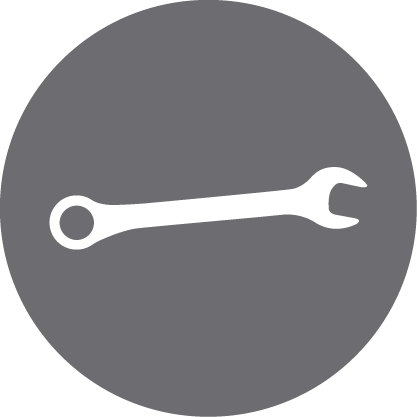One of the most important metrics that eCommerce retailers track is conversions, and for good reason. As more shopping moves online, website conversions are the best way to grow your business, as they help increase your sales. But how can you convert traffic? Discover some key reasons why your website domain is one of your most important tools for converting traffic.
Why your website is your most important tool for conversions
Today, almost 9 out of 10 consumers report doing online research to begin product searches. Even someone planning to make a purchase in person often begins their product search online. Websites are your “storefront” that can attract new customers and welcome returning customers. They are the window into your world as a company, a place to browse through products and get questions answered.
In order to succeed, your site needs to not only bring web browsers to the door but also get them to come inside, convince them to stay awhile and take specific actions before they leave (convert).
How to build a site that is optimized for online conversions
Your marketing efforts are designed to supplement the experience customers have on your site. Internet marketing services, including social media posts, email marketing and traditional advertising, can drive traffic, but it’s up to you to design a website that will funnel the most customers to your specific conversion goal.
Most companies understand the importance of their website as a conversion tool, but few actually take a structured approach to create a site that optimizes consumer experiences and converts traffic effectively. Even fewer test their site to check whether it’s achieving conversion goals. It’s not an easy task, which is why companies should spend significant time and effort on improving their website over time.
It only takes a few milliseconds for a user to form an opinion about your website, so first impressions definitely matter. Your website design is essential, and today, it must be catered toward a mobile and desktop browsing audience. Beyond a great website design, here are the most important aspects of high-converting websites:
- Clear value proposition. Tell customers what you are offering and how it helps them or improves their lives. Create compelling headlines that capture attention and include information about why your product or service is the best choice.
- Frequent, effective, and tested CTAs. Make your call to action (CTA) easy to find, clear, and compelling. Make sure your headlines and copy support the CTA and naturally push users toward the next step. You should also test your CTA to ensure it’s the strongest and best-performing one.
- Simple steps to take action. It’s tempting to try and collect as much information as possible from your users — after all, data is valuable, right? Not necessarily. The harder you make it for someone to take action, the less likely they will do it. Keep forms short and simple, collecting only what’s necessary.
- Quick access to information or assistance. Address customer’s most common questions by adding callouts like “Free shipping over $49,” “30-day free trial” or “Money-back guarantee.” These can put customers at ease and help them move seamlessly through the conversion process. You can also add a chat feature to answer questions in real time.
- Details that lead to higher trust levels. Customers are doing more business online than ever before, but they still need to trust the brand. Adding details like a secure purchase seal can help people feel at ease buying from your site.
- Social proof. People like to know that others are doing the same things or buying the same products. Adding celebrity endorsements, user testimonials, or an “expert” stamp of approval can increase trust and conversions.
Conversion rate tracking: Metrics that matter most
To make sure your website is converting at the highest level, it’s important to track specific conversion metrics. You can use free tools like Google Analytics, or there are paid tools available as well. Some important metrics to track include:
- Page views – How many pages someone browses on your site
- Average time on page – How long they spend on each page
- Sessions by channel – Performance segmented by how they arrived at your site (social media, organic search, direct link, email, etc.)
- Bounce rates – The percentage of traffic that comes to your site and leaves immediately or without taking any other action
- Goal completions – How many people complete a goal (purchase, newsletter signup, download, etc.)
These metrics can help you track whether your website is working properly and how well it’s converting traffic once users arrive. It can also help you test various details like headlines, CTA buttons, and more to see what performs best.
Optimize your website
Create a website that streamlines traffic and achieves your conversion goals with EXTEND GROUP. Schedule a consultation with a marketing consultant to get started today.































